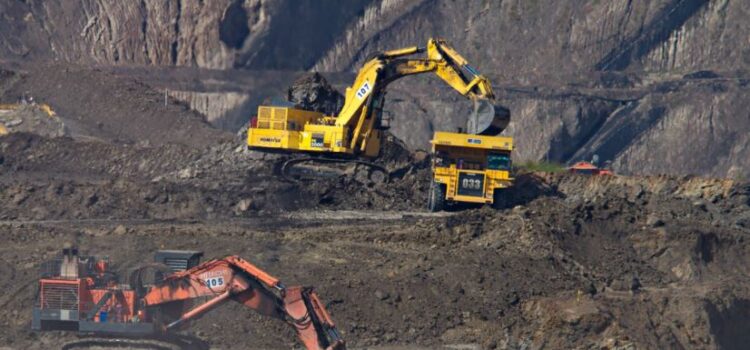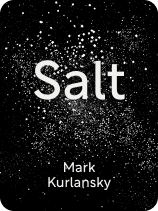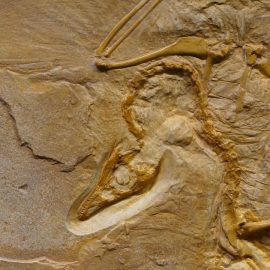

This article is an excerpt from the Shortform book guide to "Salt" by Mark Kurlansky. Shortform has the world's best summaries and analyses of books you should be reading.
Like this article? Sign up for a free trial here.
What is salt harvesting? What are the different ways to harvest salt?
At one point in time, salt was a valuable resource for people to harvest. According to Mark Kurlansky in his book Salt, this led to a couple of methods to harvest salt that were easier for workers.
Let’s look at the two salt harvesting methods that have been used for thousands of years.
Method 1: Solar Evaporation
According to Kurlansky, the oldest and most common method of salt harvesting is relying on the sun to evaporate water from lakes and the sea. This process leaves behind salt crystals. The ancient Chinese pioneered this method: As early as 6,000 BCE, they raked and collected salt crystals that formed on lake beds in the summer. Eventually, they and others around the world started making artificial ponds by collecting seawater and lakewater on land.
In the Middle Ages, the North African Muslims were likely the first to develop a more advanced, efficient method of solar evaporation. First, they collected seawater in an artificial pond and waited for it to partially evaporate. Next, they used pumps and gates to move this water into another pond (or a series of ponds) where it would evaporate further. Finally, new water was pumped into the first pool to start the evaporation process anew. This process was efficient because it allowed for simultaneous evaporation across multiple ponds.
Today, people continue to use various methods of solar evaporation to produce salt.
Method 2: Mining
Kurlansky claims that drilling is the main way to harvest underground brine. The Chinese lay claim to the first innovation in salt drilling: Around 250 BCE, they used bamboo tubes to siphon brine out of wells. Around a millennium later, they used percussion drilling to dig deeper. This process involves a seesaw-like lever that pounds a metal rod into the ground.
(Shortform note: Why were the ancient Chinese consistently the first to invent a wide variety of salt-harvesting methods? In Guns, Germs, and Steel, Jared Diamond claims that for most of ancient and medieval history, China was much more technologically advanced than other regions around the world—for instance, the Chinese were also the first to invent cast iron, gunpowder, magnetic compasses, and paper. According to Diamond, one likely factor behind China’s early inventiveness is that food production began relatively early in Asia due to geographic and environmental factors. This led to population booms, and inventions tend to arise and progress rapidly in areas with higher populations.)
In the Middle Ages, people developed a more efficient way of mining salt: solution mining. This method involves pumping water into mines, siphoning out brine, and boiling it. According to Kurlansky, modern salt producers today continue to engage in solution mining, and they evaporate the brine using machines called vacuum evaporators.
(Shortform note: Today, some salt producers continue to evaporate brine using vacuum evaporators—but instead of getting the brine from underground deposits like the medieval Austrians, they use brine produced by desalination plants. These plants convert seawater into freshwater for agriculture and drinking, and high-concentration brine is a byproduct of this process. These plants typically release this brine back into the ocean. Some experts argue that using this byproduct for salt production instead has two benefits. First, it speeds up the vacuum evaporation process, since the brine is already concentrated. Second, it’s more environmentally friendly than releasing the brine into the ocean, which studies reveal harms marine life.)
In modern times, salt drilling led to the expansion of new industries, such as the oil industry. In the early 20th century, harvesters drilling into a Texan salt dome unexpectedly hit oil, and soon, the US and other countries began extracting oil by drilling near salt.
(Shortform note: Kurlansky describes this discovery in Texas as one that transformed the oil industry generally, but this may be an overstatement. This event expanded the oil industry in the US specifically, but prior to this, major overseas oil companies had already expanded to global markets. For instance, by the late 1800s, the Russian oil industry was already exporting oil globally.)
Oil and natural gas often gather near salt because salt deposits form dense barriers around which organic material accumulates. Over time, this organic matter decomposes, becoming valuable fuel. (Shortform note: While many salt domes provide a reliable source of oil, drilling for oil near salt can contaminate the oil with salt. Salt-contaminated oil corrodes metal machines in oil refineries, and it can be costly to repair these machines.)

———End of Preview———
Like what you just read? Read the rest of the world's best book summary and analysis of Mark Kurlansky's "Salt" at Shortform.
Here's what you'll find in our full Salt summary:
- The role salt played in driving innovation, building empires, and provoking rebellions
- Why salting food isn’t just about improving its flavor
- How salt played an important role in several independence movements






